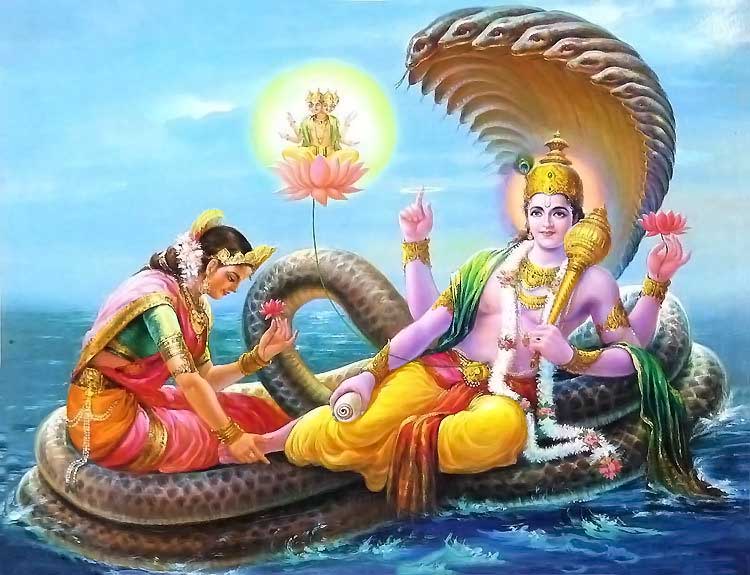Difference Between Brahmā (Creator) and Brahman

A short article in response to a common question: What is the connection with Brahman and Brahmā (also called Brahmaji)?
Brahmā (ब्रह्मा) is not to be confused with Brahman (ब्रह्मन्).
Brahmā (ब्रह्मा), Viṣṇu (विष्णु), Śiva (शिव) are 3 aspects of one same reality, Īśvara (ईश्वर).
Īśvara is all-knowledge and all-power.
When Īśvara takes role of manifestor — Īśvara is referred to as Brahmā. Creator.
When Īśvara takes role of unmanifestor — Īśvara is referred to as Śiva. Destroyer of that which was created.
When Īśvara takes role of sustaining the ongoing process of manifest/unmanifest — Īśvara is referred to as Vīṣṇu. Sustainer of Brahmā's and Śiva's roles.
To make this analogy relatable…
Take yourself for example. We'll refer to you as “person”.
When Person takes role of mothering — Person is referred to as Mother.
When Person takes role of being a son — Person is referred to as Son.
When Person takes role of being a worker — Person is referred to as Employee.
So the Person remains the same. While various roles are played in the Person's presence.
Therefore the role is actually never apart from the Person.
However the Person always remains free of the role. Else the Person wouldn't have capacity to switch from Son to Employee.
Similarly, all 3 roles are in Isvara's presence. However don't allow mind to run wild with this analogy by turning Ishvara (Lord) into some Person-like entity.
Now what about Brahman?
The Person we talked about above, depends on something else in order to Intelligently play out the roles. Consciousness.
If Person is not Conscious, then the Person can't perform any role, no matter how much knowledge he or she has.
Similarly, even though Īśvara is all-knowledge, all-power — Īśvara depends on the final reality called Brahman (Consciousness).
All-knowledge, all-power can't put together the universe nor a human's body, unless it is endowed in and through by Consciousness.






Thanks Andre, this is a very easy to understand explanation and analogy used.
Hi Andre
Scripture says Brahma came out of the navel of Visnu as the picture shows but then we know Brahma is another aspect of Isvara (playing the role of creator). From this picture it gives an impression that Brahma is just a manifestation of Visnu and not from Isvara (technically speaking Visnu is Isvara – preserver manifestation). Can you please clarify this confusion.
Another confusion that is common is the word Brahma used in some slokas to some may mean referring to Brahmaji or to some it may mean Brahman. For example “Aham Brahma” – this clearly means “I am Brahman” but to some they take it as “I am Brahma (as in Brahmaji”. This confusion arises when we see slokas written in english but there is no confusion when you read the Sanskrit characters as they a little different. Is my understanding correct.
============
…gives an impression that Brahma is just a manifestation of Visnu
============
Brahmaji is one with Vishnu as depicted by the umbilical cord (which remains ever connected). They are never separate. Whatever Brahmaji creates, Vishnu sustains. Whatever is sustained is actually a new creation of Brahmaji, since nothing in universe is static.
Also the impression as postulated, has a logical fallacy: If Brahma is the creator, then who created Vishnu? Thus think not of it as who manifested who. It is one total intelligence looked at from 3 different standpoints.
============
Another confusion that is common is the word Brahma used in some slokas to some may mean referring to Brahmaji
============
Unfortunately explanation needs small Sanskrit crash course…
There are words which end in -an. EG: ātman, karman, rājan, brahman, nāman
Let’s take stem word: brahman. It has both masculine and neuter genders.
1) brahman (masculine, nominative, single): brahmā. Meaning: Creator. This is what’s referred to as brahmāji (-ji is actually Hindi, and only added to not confuse non Sanskrit scholars).
2) brahman (neuter, nominative, single): brahma. Meaning: Absolute reality, sacred text, Veda.
In a perfect world, you’d always write #2 as “brahma” (absolute reality). And always write #1 as “brahmā” (Creator). This way, there’s no confusion.
However what we see happening today is:
a) “brahmāji” or “brahmā” (long ‘ā’ at the end) is used to refer to #1.
b) “brahman” is used to refer to #2.
Simple English: If get confused over “brahman, brahmā, brahmāji, etc”, just translate it: Cause of Universe. (Which is true for both #1 and #2).